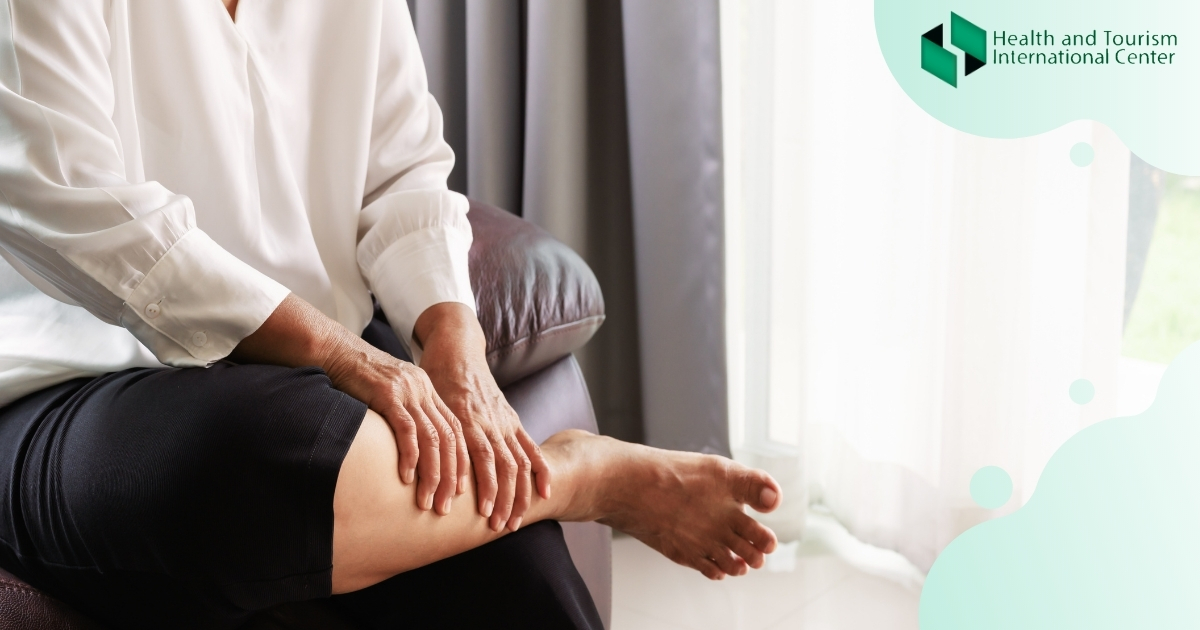Leg pain is a common complaint.
Sometimes the cause of the pain is excessive physical activity and in some clinical cases the cause of the discomfort is a much more serious disease.
Some common causes of leg pain include:
- Achilles tendinitis
- Trauma/Injury
- Bone cancer
- Broken leg
- Bursitis (joint inflammation)
- Claudication
- Deep vein thrombosis
- Gout (arthritis related to excess uric acid)
- Herniated disk
- Infection
- Muscle strain
- Osteoarthritis
- Osteomyelitis
- Peripheral artery disease (PAD)
- Psoriatic arthritis
- Reactive arthritis
- Rheumatoid arthritis
- Sciatica
- Septic arthritis
- Spinal stenosis
- Sprains
- Stress fractures
- Thrombophlebitis (a blood clot that usually occurs in the leg)
- Torn meniscus
- Varicose veins
When to see a doctor
Call for immediate medical help or go to an emergency room if you:
- Have a leg injury with a deep cut or exposed bone or tendon
- Are unable to walk or put weight on your leg
- Have pain, swelling, redness or warmth in your calf
See your doctor as soon as possible if you have:
- Signs of infection
- A leg that is swollen, pale or unusually cool
- Calf pain, particularly after prolonged sitting, such as on a long car trip or plane ride
- Swelling in both legs along with breathing problems
- Any serious leg symptoms that develop for no apparent reason
Schedule an office visit if:
- You have pain during or after walking
- You have swelling in both legs
- Your pain gets worse
- Your symptoms don't improve after a few days of home treatment
- You have painful varicose veins
Self-care
Minor leg pain often responds well to home treatments. To relieve mild pain and swelling:
- Stay off your leg as much as possible
- Apply an ice pack or a bag of frozen peas to the affected area for 15 to 20 minutes three times a day
- Elevate your leg whenever you sit or lie down
Source:
https://www.mayoclinic.org/symptoms/leg-pain/basics/definition/sym-20050784

